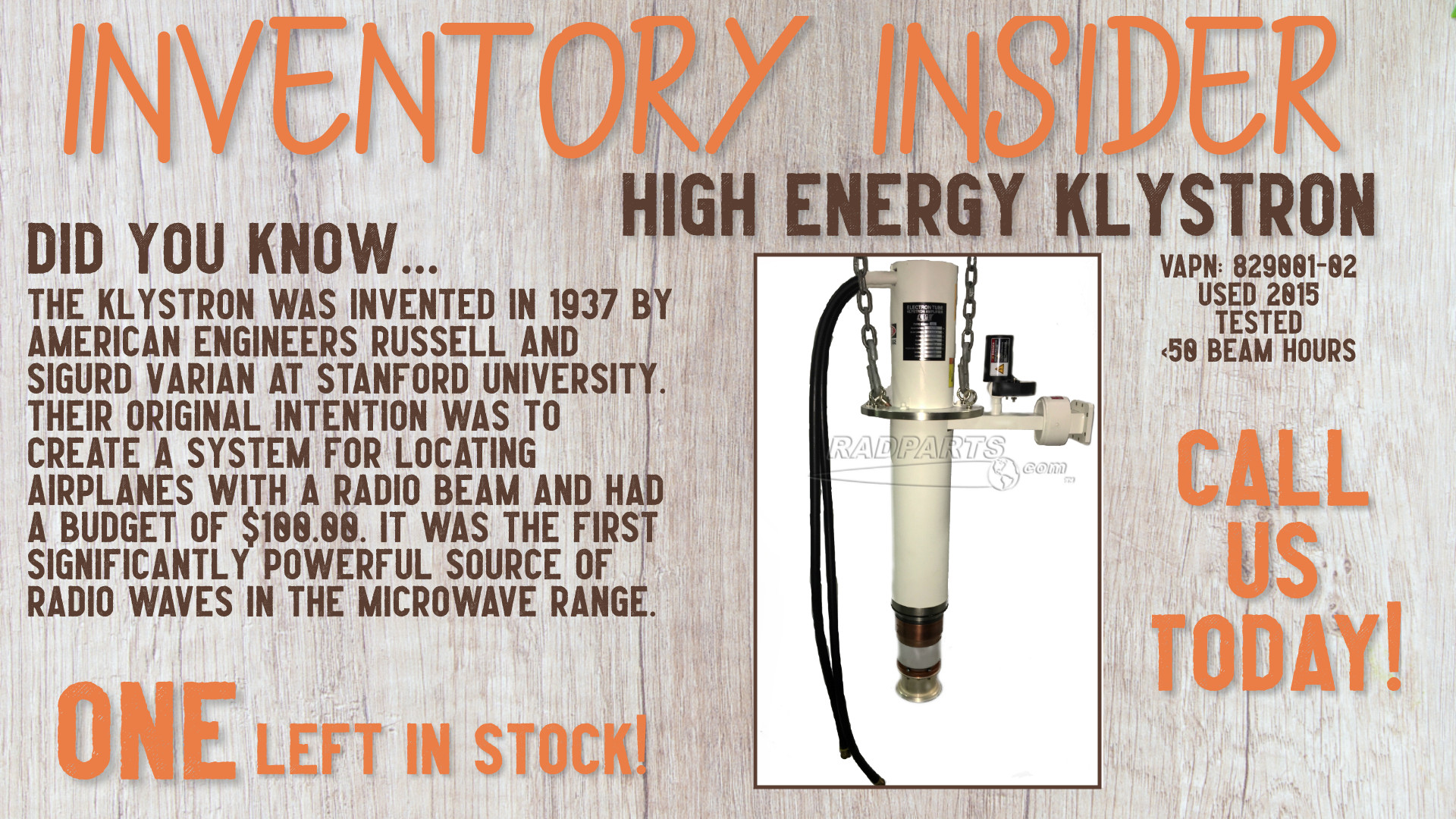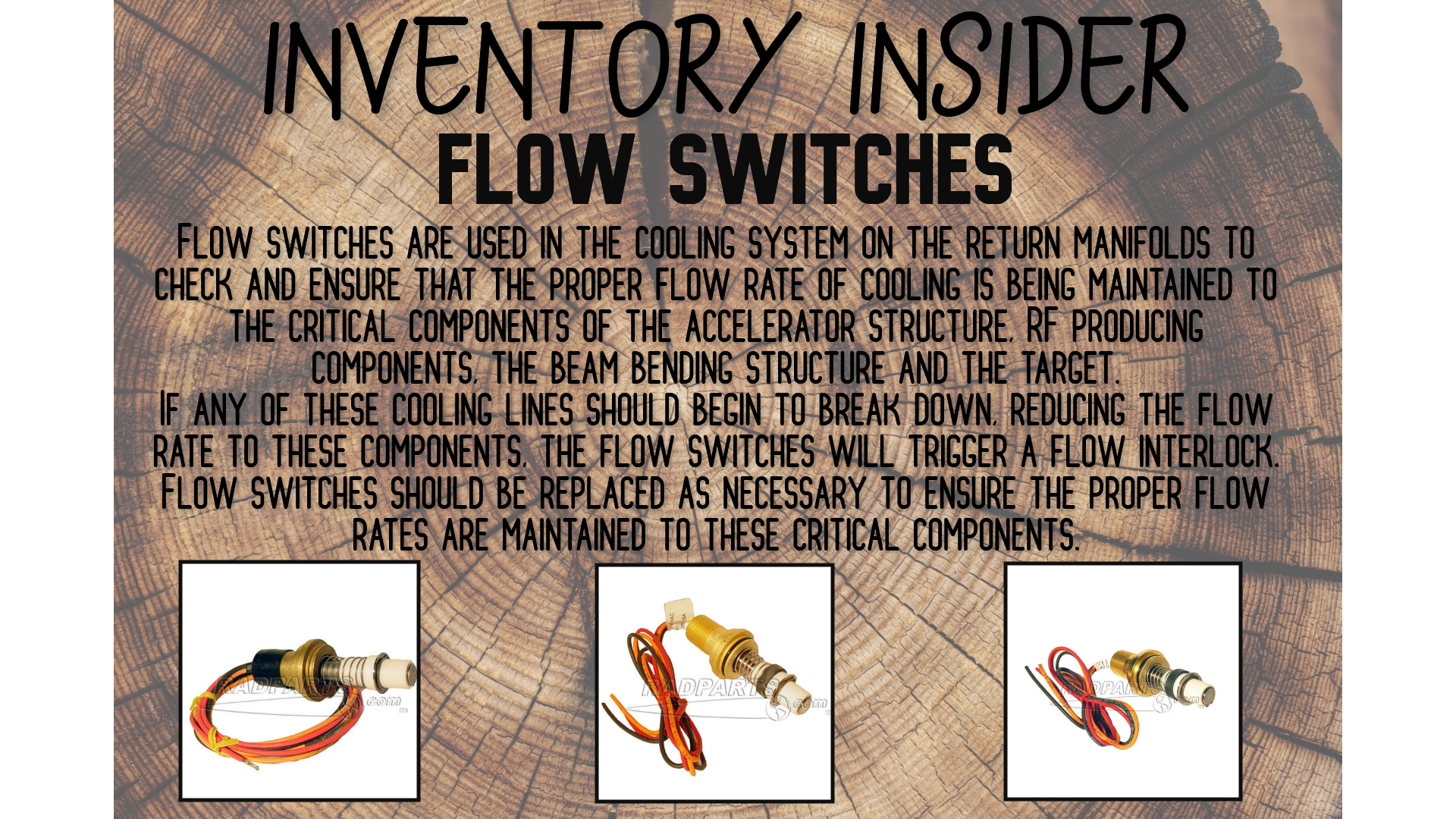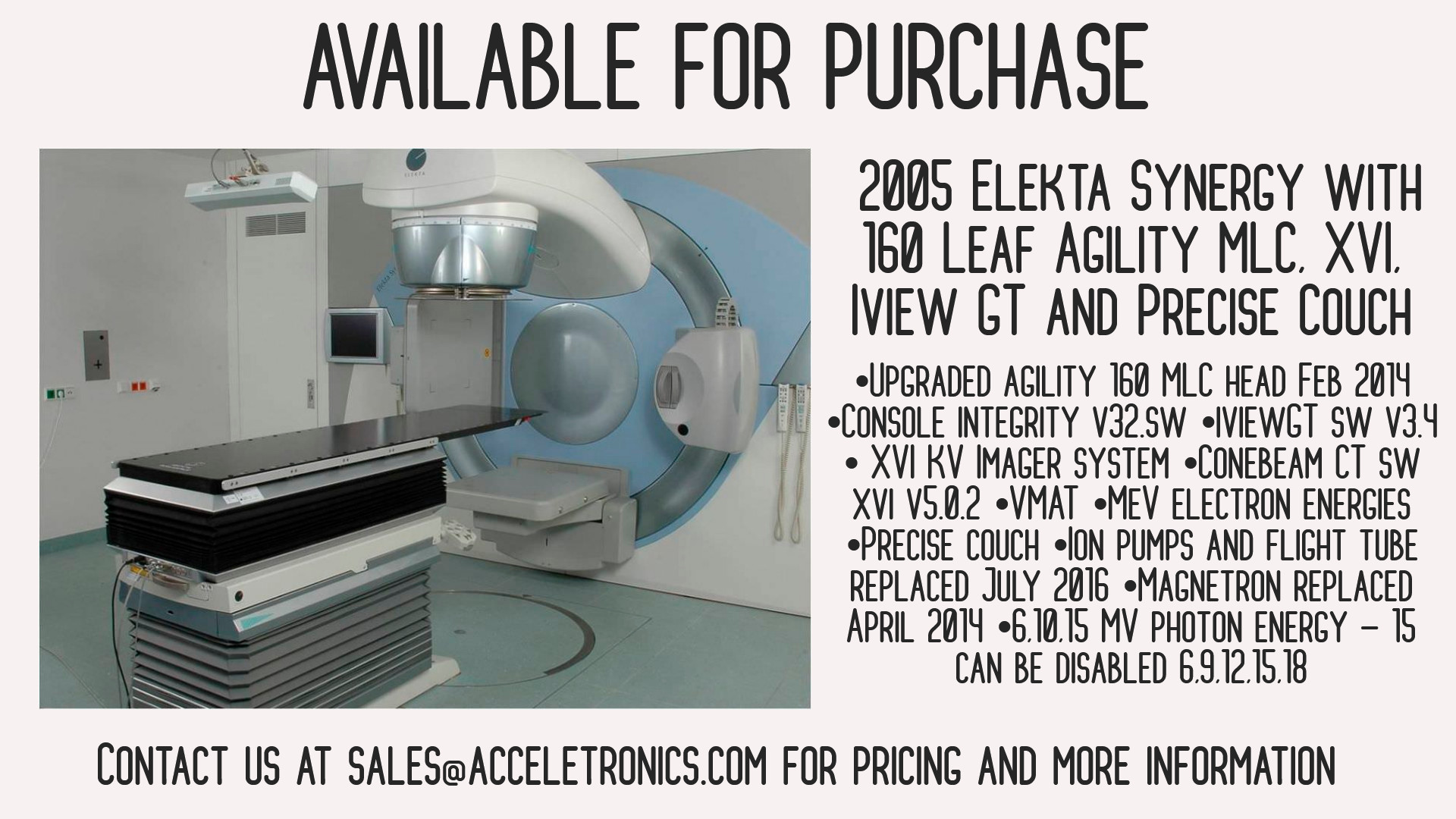Category: Radparts
Beams Used in Radiation Therapy
Photons
The majority of radiation therapy machines use ionizing photon beams since they can reach tumors deep in the body. Photons are also used in x-rays, although they consume a much lower dose of the particle in comparison. The radiation that is delivered during photon treatment will damage the DNA of tumors and healthy cells alike. Radiation therapists aim to maximize the dose targeting the tumor while minimizing the radiation to nearby healthy tissues by creating different paths with multiple fields. To avoid overexposure to healthy cells, the treatment is generally given in stages over repeated scheduled sessions so that the healthy cells have time to repair.Protons
Charged particle radiotherapy is an alternative method of radiotherapy that uses beams of protons or other positively charged particles such as helium, carbon, or other ions that are not photons. These types of beams can also reach tumors deep inside the body, but they perform differently than photons as they do not scatter radiation on their path and will stop once they reach the targeted tumor. Due to the physical characteristics of charged particles, it may be possible to cover the tumor area with only one radiation field, creating an advantage over the use of photons to spare more healthy tissues and cells. Clinical trials are continuing to compare the usage of these two energy types. There are cancer centers that are beginning to use proton beams in radiation therapy, but they have higher costs and require a larger space to fit the increased size of the equipment.Electrons
Particles with a negative charge are electrons. Electron beam radiation therapy is designed to treat cancers like lymphoma and other tumors near the surface since these electrons do not go deep into the body. These therapy options can be done in two different ways:- Spot treatment – This method is used for one or more cancerous spots on the body that needs treatment.
- Total Skin Electron Beam Therapy (TSEB) – This method is used when the entire surface of the skin needs to be treated. Other treatments called compensation treatments can be part of the treatment plan to guarantee that every area of the skin receives the proper dose required.
Why Buying a Refurbished Linac Makes Sense for a Clinic
Fewer Patients Being Treated
If your company is new or smaller in size, purchasing a refurbished Linac could be very beneficial. Pre-owned or refurbished Linac’s cost less and have lower monthly lease payments than choosing new equipment. Having fewer than 8 to 10 patients a day is generally considered a small medical facility. With fewer patients equals less money to help cover the costs of equipment fees so taking it low and slow maybe a better business option to guarantee that your clinic continues to grow at a steady pace, allowing quality and effective treatments for all patients. Veterinarian clinics or research facilities may also benefit from a refurbished Linac as they generally do not require all the advanced technologies provided in newer models. The use of linear accelerators may not always be for medical use; instead for industrial uses to image materials.Operating with Only One Linac or Want a Backup
Often a dilemma will arise when a company is moving into a new location and cannot afford to have a machine down during the relocation process, which can take about 3 to 4 weeks for the transition. An option to avoid this situation is to purchase a refurbished replacement that is like the existing equipment and have it installed in the new location. Once the new facility is complete and open for business, the patients can receive treatment with the newly refurbished equipment and you can either keep the original linear accelerator as a backup or sell it. This solution prevents companies from losing patients from a lack of available machines.Other Factors to Consider in Budget
Purchasing a used or new linear accelerator is only the first step in getting the proper equipment setup for your business. Other services that should be researched with your Linac is the warranty, service and maintenance plans. This information will help you decipher which options are best for your facility and meet your needs. Also, remember to consider the costs of equipment removal and disposal. The purchasing and planning process of linacs can be very overwhelming which is why choosing the right company for the job is key for a successful addition/upgrade to your facility. Radparts is the world’s largest independent distributor of OEM replacement parts for Linear Accelerators and Radiation Oncology equipment. Radparts provides high quality, user friendly, low cost parts and support for linear accelerators and radiation equipment. More information can be found at https://www.radparts.com/.Happy Holidays!

Inventory Insider

November Monthly Specials

Happy Halloween!

Knowing the Ins and Outs of Linac Repairs Part 1
Understanding the complexities of linear accelerators can be rather difficult since these machines are such large, expensive machines. A linear accelerator operates by delivering external beam radiation treatments to patients fighting cancer, but they also include additional imaging systems that are attached such as portal dosimetry or onboard imaging which too add to the complexity. Due to such precise functionality of such a variety of parts inside the unit, it is crucial for any clinic to have the proper expertise on-site to work on these machines and know exactly what these systems do.
The Importance Of Treatments
Investing in proper expertise is a very serious matter for the oncology department to consider due to the fact that patients receiving the treatment must continue a regular schedule with as little amount of downtime as possible because of the cumulative effect that radiation has on the cancer cells and if treatment is stopped, the entire treatment process will have to be restarted all over again.
In-Depth Training
A clinical engineer not only needs to know how to complete a repair on a broken or damaged part of a linear accelerator but needs to understand the actual process of how the equipment is designed to work during treatments. Troubleshooting can be very difficult if not familiar with the problem that is being described by the clinic operators. It is part of the technician’s job to be able to translate what an issue could be related to a piece of software or hardware component. Developing this skill set and the understanding of linear accelerators takes a great deal of time and not always be taught in just a few sessions of training during a treatment occurring. Training alone is not effective enough when needing technicians to perform repairs at clinics. Vendor service schools can range anywhere from $20,000 to $30,000 or even possibly higher depend on the level of expertise. The portion for training on linac is roughly 6 weeks of school during a 2-year period however additional schooling can be done for onboard imaging as well. The entire process could take 3 to 4 years to complete which will include hands-on experience.
Finding The Right Time for Repairs
Linac parts are regularly checked during preventative maintenance visits which are generally recommended by the manufacturer to occur 3 to 4 times each year. Each maintenance visit requires detailed checklists and the individualized machines also have onboard alert systems programmed to shut off a device if a problem is found to prevent safety concerns. The most difficult question that needs to be solved is when can time be taken to actual repair the Linac equipment? In many facilities, patients are scheduled every 15 minutes throughout an 8-hour period, 5 days a week. With the importance of continuing treatments for a clinic’s patients, downtime is the worst part of the day. If possible, a technician will bypass the issue and continue limping along, treating patients when possible. Much service work is then performed after hours or on nights/ weekends. Some clinics choose to have a backup machine when these instances occur and one needs repair but this adds on additional costs and still extended hours added to a facility.
Radparts is the world’s largest independent distributor of OEM replacement parts for Linear Accelerators and Radiation Oncology equipment. Radparts provides high quality, user friendly, low cost parts and support for linear accelerators and radiation equipment. More information can be found at https://www.radparts.com/.
Inventory Insider Flow Switches

2005 Elekta Synergy Available for purchase
